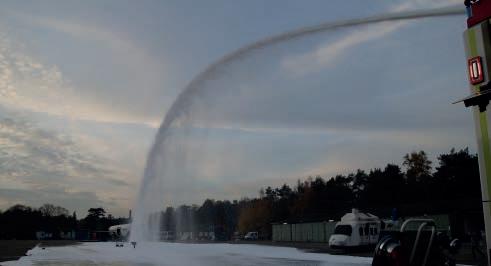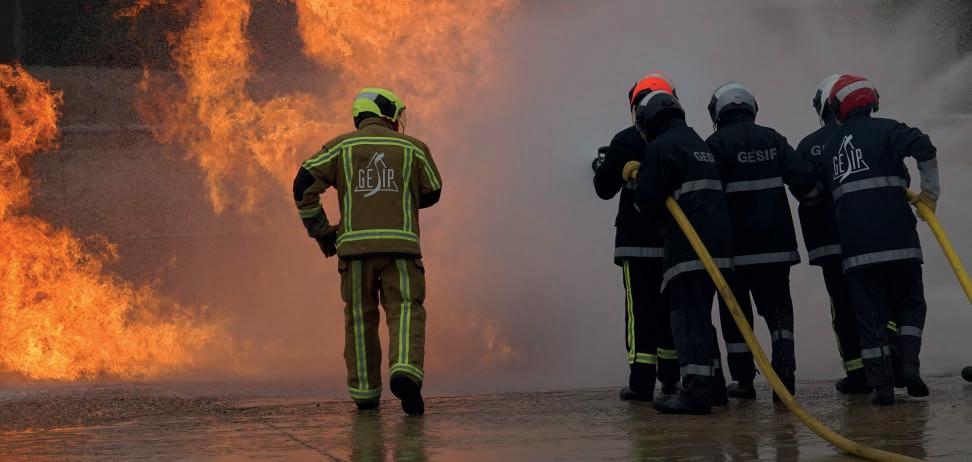Q1 2021
THE CATALYST THE INTERNATIONAL ORGANISATION FOR INDUSTRIAL EMERGENCY SERVICES MANAGEMENT
1. JOIFF & GESIP Agree Partnership 2.JOIFF Industrial Fire & Hazard Management Virtual Conference 2021 3.Can Aspirated Type High Expansion Generator Improve System Dependability?
ALSO: Foam Feature High Hazard Industry Transition To Fluorine Free Foam PFAS Regulation Navigating PFAS Remediation WWW.JOIFF.COM









